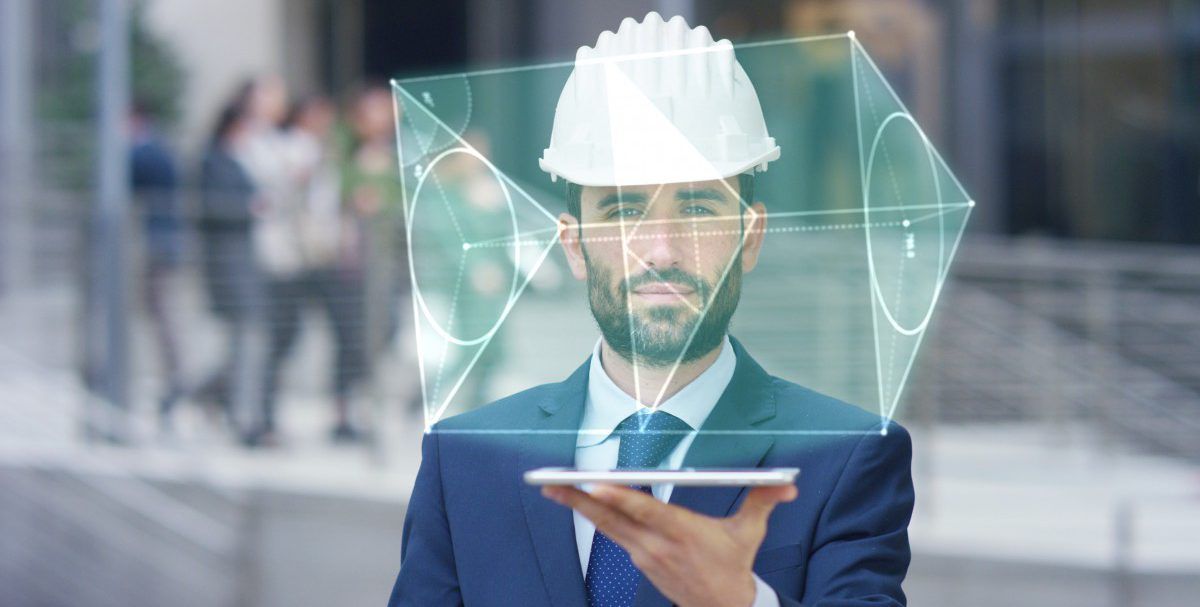Table of Contents
Introduction
Architecture is changing quickly, thanks to advancements in modern technology. Technology is not just about using new tools; it’s changing how architects think and work. This article looks at how technologies like digital design tools, Building Information Modeling (BIM), and smart materials are transforming architecture, making buildings smarter, more efficient, and better for the environment.
New technology in architecture includes tools that help with both design and construction. Programs like Computer-Aided Design (CAD) and 3D modeling allow architects to create more accurate and detailed designs. BIM helps teams work together more easily, improving the entire process. With these technologies, architects can design buildings that are not only beautiful but also sustainable and efficient.
In addition to improving design, technology is also making construction more effective. Smart materials that react to the environment and green technologies are helping create energy-saving, comfortable buildings. In this article, we’ll dive into specific technologies and how they’re changing the way we build and live in cities.
Building Information Modeling (BIM) and Its Impact
Building Information Modeling (BIM) is changing architecture by using advanced software to create detailed 3D models of buildings. These models include both the physical and functional aspects of the structure. BIM improves collaboration among architects, engineers, contractors, and others involved in a project. By using a shared platform, all team members can work together more effectively, solving problems before they even happen.
BIM has several key benefits. It helps teams work together better by showing real-time updates, making it easier to see changes and make quick decisions. It also saves money by providing more accurate estimates for materials and schedules, reducing waste. BIM’s clash detection feature can identify issues, like plumbing and electrical problems, before construction starts, preventing delays. Overall, it leads to better project management and results.
BIM is also useful after construction. It helps with building maintenance and management by keeping track of important details about the building’s systems. This information can help with repairs, upgrades, and long-term planning, improving the building’s performance. For example, the One World Trade Center used BIM extensively during its design and construction. With BIM, architects can create more efficient, high-performing buildings that meet today’s needs.
See Also: The Role of Technology in Modern Architecture: Designing the Future
Virtual Reality (VR) and Augmented Reality (AR) in Design
Virtual Reality (VR) and Augmented Reality (AR) are changing the way architects share their ideas. These technologies allow architects to create interactive, immersive environments where clients can experience designs before they are built. By using VR and AR, architects can give clients a realistic preview of a project, helping them understand the design better and provide useful feedback before construction starts. This not only improves client satisfaction but also speeds up the design process.
VR is particularly useful for presentations. Architects can create virtual tours of spaces, allowing clients to see and feel the scale, layout, and atmosphere that blueprints can’t show. Firms like Gensler use VR to give clients the experience of walking through a virtual space, making it easier to understand how the design will work. This helps clients provide immediate feedback, and changes can be made quickly, leading to better designs that meet their needs.
AR, on the other hand, is valuable during construction. It allows architects and contractors to overlay digital models on real-world spaces, ensuring everything is aligned correctly. For example, AR was used during renovations at Los Angeles International Airport to visualize how new designs would fit with the existing structure. Both VR and AR are transforming architecture by improving collaboration, accuracy, and innovation in design and construction.
Conclusion
The role of modern technology in architecture is a testament to how innovation can drive improvement in the built environment. From Building Information Modeling (BIM) to Virtual Reality (VR) and Augmented Reality (AR), these technological advancements unlock new possibilities for architects to create functional, sustainable, and engaging spaces. As the built environment continues to evolve, the integration of these modern technologies will undoubtedly shape the practices of architects and the experiences of individuals within those structures. By embracing technology, architects can navigate the complexities of modern construction challenges and deliver impactful designs that resonate with contemporary society.
FAQs
1. What is Building Information Modeling (BIM), and how does it affect architectural projects?
Answer: BIM is a digital representation of physical and functional characteristics of a building. It enhances collaboration among stakeholders, allows for real-time updates, reduces costs through accurate material estimates, and assists in lifecycle management of buildings. Its comprehensive datasets can prevent conflicts and facilitate smoother project execution.
2. How does Virtual Reality (VR) change the way architects present their designs?
Answer: VR allows architects to create immersive environments where clients can virtually explore unbuilt spaces. This interactive approach engages clients more deeply than traditional presentations, enabling them to experience designs in 3D, ask questions, and provide meaningful feedback, leading to enhanced communication and satisfaction.
3. What role do smart materials play in modern architecture?
Answer: Smart materials are designed to respond dynamically to environmental conditions, enhancing building performance and occupant comfort. Examples include self-healing concrete and thermochromic windows, which adapt to changes in temperature and light, contributing to sustainability and energy efficiency in architectural designs.
4. Can you give examples of real-life applications of technology in architecture?
Answer: Notable examples include the One World Trade Center, where BIM enabled precision in design and construction, and the renovations at the International Airport in Los Angeles, which utilized AR to improve accuracy. These examples illustrate how technology enhances project execution and outcomes.
5. What are the future trends in architecture influenced by modern technology?
Answer: Future trends may include increased automation in construction through robotics, expanded use of AR in site management, and advancements in sustainable materials such as biodegradable concrete. The integration of AI in design and predictive analytics for building performance will further drive efficiency and innovation in the architectural field.





